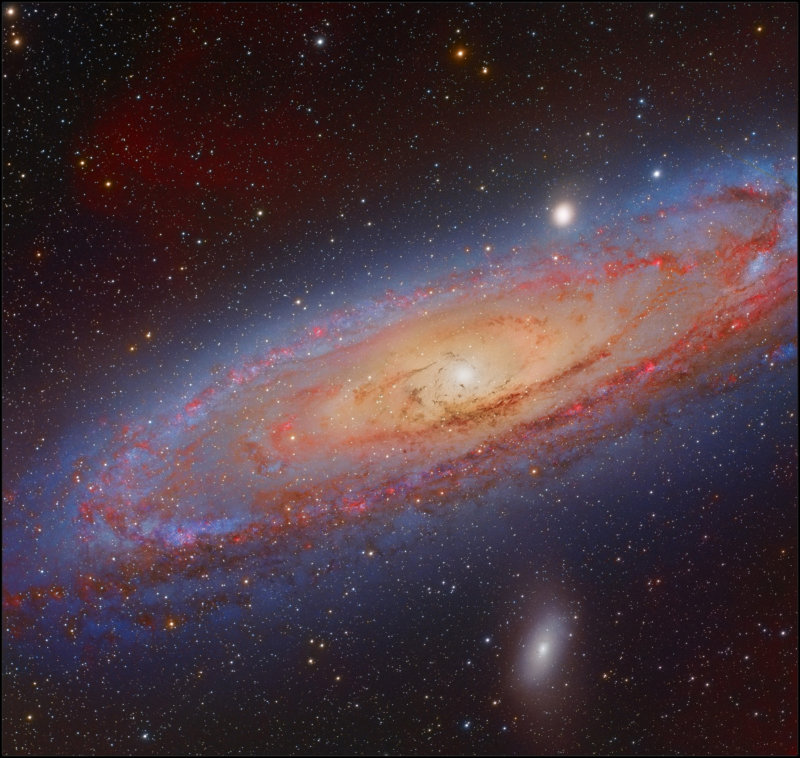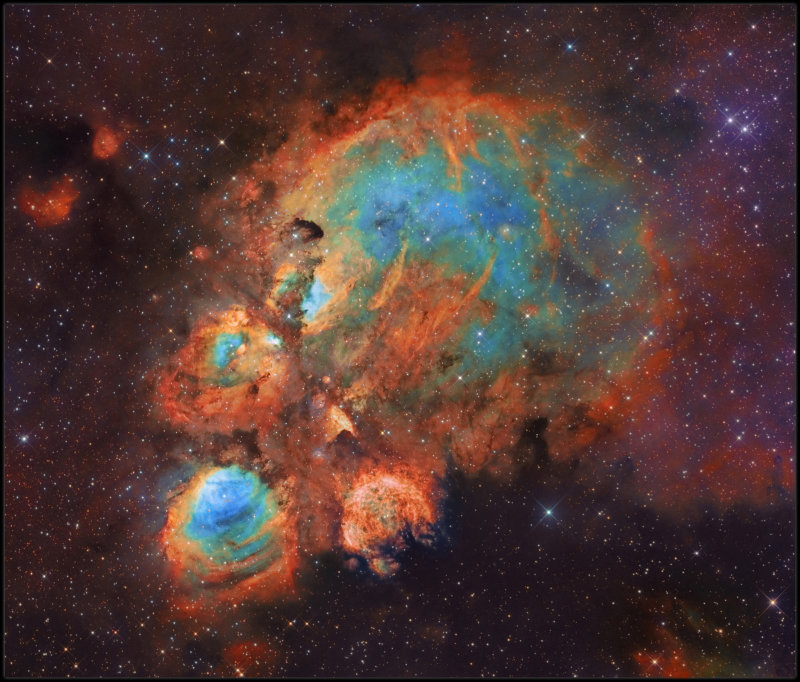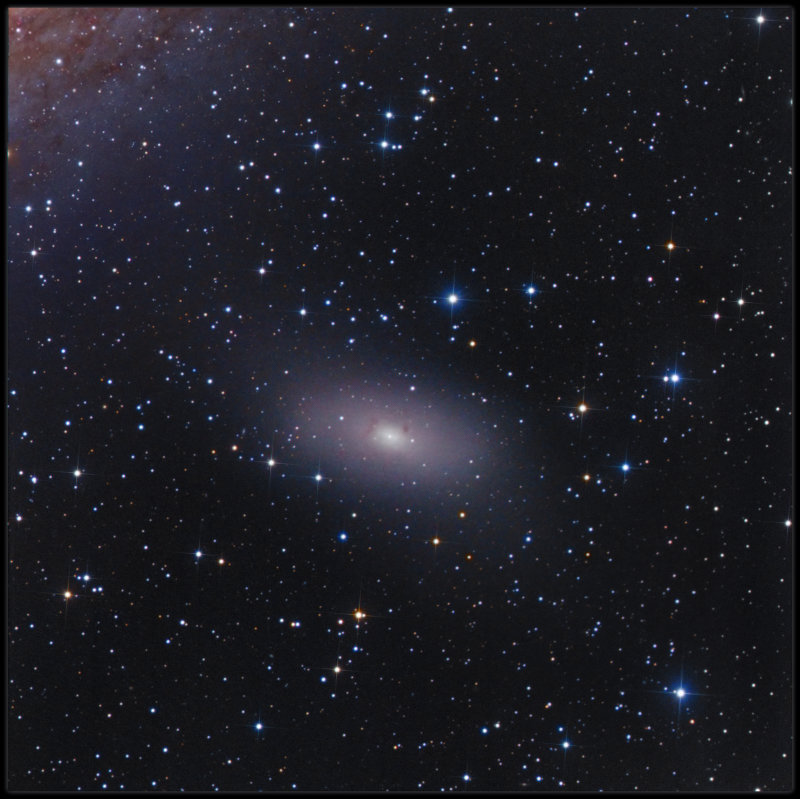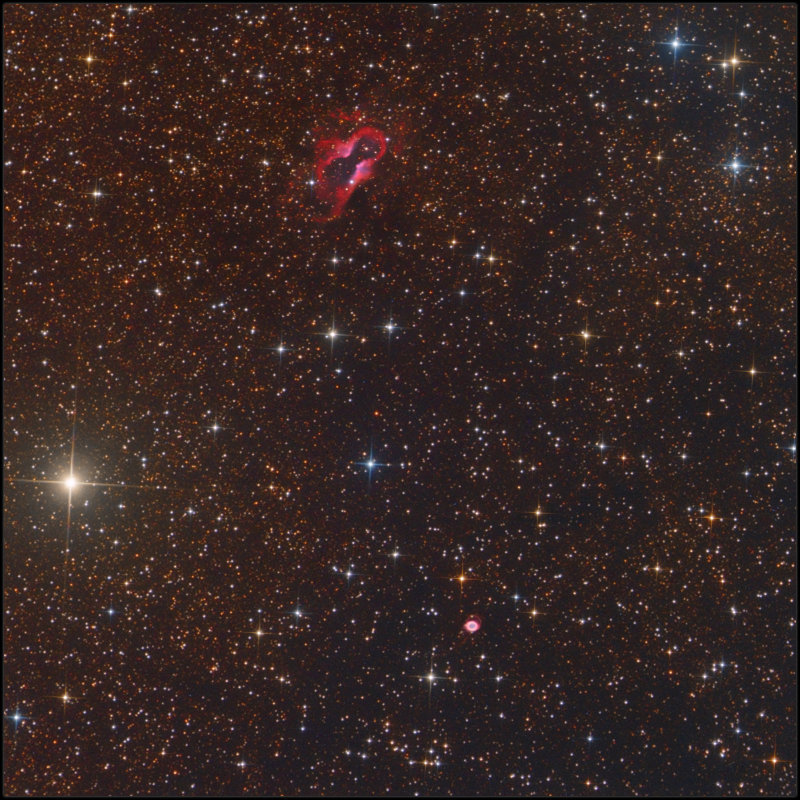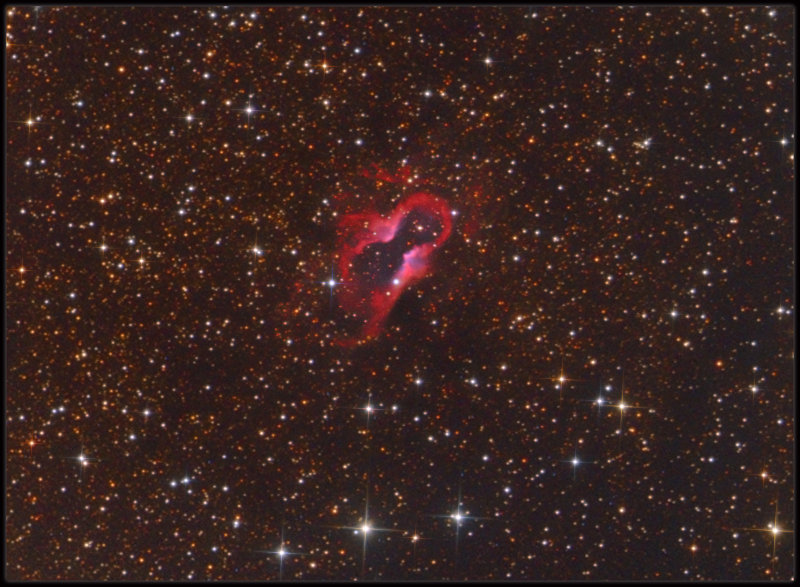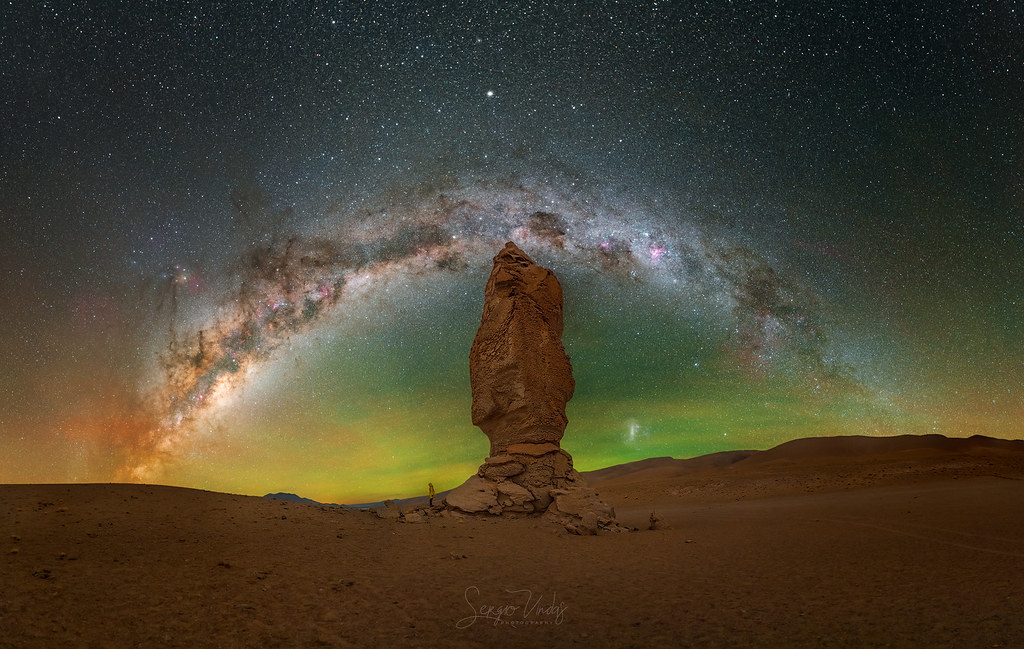M31 - The Andromeda Galaxy - Deepfield gigapxiel*
34527x22387px 2x2 mosaic * 773 megapixel (240 megapixel sensor x4 by drizzling - joints)
I am very proud to present the result of 20 months of work, 18 imaging (2020-09 to 2022-03, from Lausanne, Switzerland - Bortle 6) and 2 months processing.
Great attention has been given to get the most accurate colors but also the best possible background allowing to pull thousands of faint galaxies.
I have been told two things: astronomy can give an immense sense of vertigo and don't ever, ever, attempt mosaics, they are FAR too painful.
I believed none of them. Well I was wrong on both

I never had vertigo but after finally gathering my nemesis properly, M31, I noticed things I never saw in the prior years trying to capture it:
The background is PACKED with galaxies, I had a sense of how big the universe is but didn't about its density! If you follow the viewer link and zoom at Max level minus 2, you will not find a single place without galaxies in it!
So yeah, I got REAL vertigo now.
The gathering and processing have been the most painful ever. I have coded javascript and now C++ helping me to tackle with over 8TB of data (excluding calibration files).
I believe I have encountered about any issue possible in this project (including but not limited to, filter missalignment, flat fielding issue, leak issue, light pollution issues, mechanical issues, human issues, many many processing issues, ....)
I have fought each and every one the hardest I could with no concessions.
I am sharing both full resolution and small under img2, in fear full might pose some issues considering the size...
For a much better experience I recommend following the viewer link (dynamically loaded tiles depending on where and how much you zoom, still requires a decent internet connection, but works on limited connections and mobile too), activating full screen and annotations!
M31 - The Andromeda Galaxy - Deepfield gigapxiel*
https://www.elveteek.ch/en/m31
Copyright: Elveteek Ltd
Full:
https://elveteek.ch/assets/img/M31_LHaRGB_copywrite.png
Small (9% of original):
https://elveteek.ch/assets/img/M31_LHaR ... ywrite.png
Viewer:
https://www.elveteek.ch/en/m31
 Vado Putana by Victor Lima, no Flickr
Vado Putana by Victor Lima, no Flickr




